How to grow strawflowers – for bold summer color, perfect stems for cutting, and long-lasting dried displays
Gardening experts share advice, including tips on pruning, watering, and growing from seed
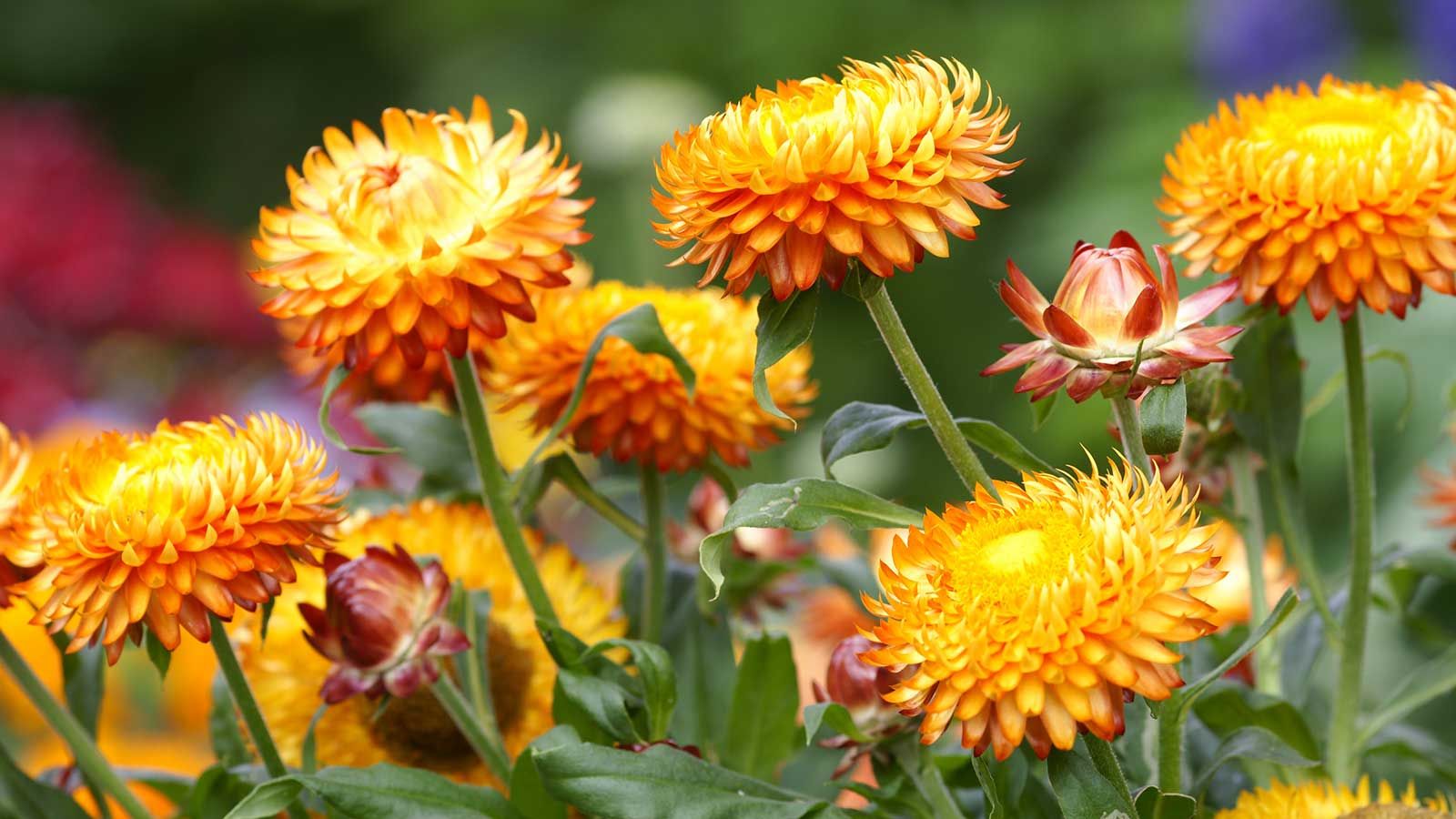

Strawflowers are also known as everlasting flowers or Xerochrysum bracteatum. They are sometimes referred to by their former name, Helichrysum bracteatum, too. The blooms are relatively small yet intricate, have a shiny, papery texture, and come in a variety of pretty hues, spanning from yellows and reds to pinks and white.
Native to Australia, these are sun-loving plants. In warmer climates (hardiness zones 8 to 11), they can be grown as short-lived perennials, but those of us with hot summers and cool winters can grow them as annuals instead. They are an eye-catching addition to containers and flowerbeds, and are popular cutting garden flowers.
If you want to grow these jewel-like blooms in your backyard, there are a few key tips to bear in mind. Below, gardening experts share advice on soil type, watering, pruning, and more, to help you get the best from your display.
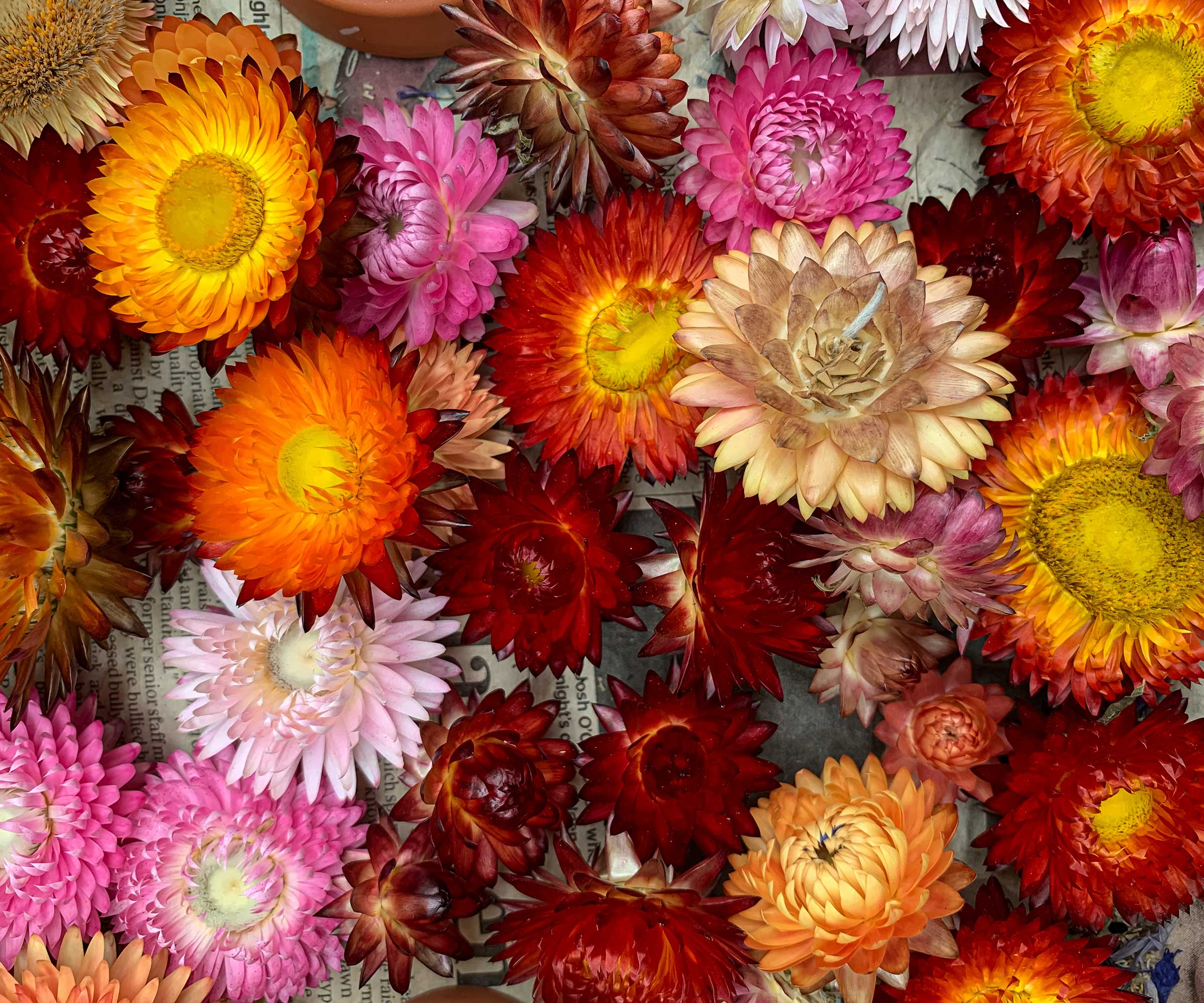
A colorful array of dried strawflowers
How to grow strawflowers
Strawflowers are some of the best flowers for drying; Allison Zeeb of seed company Sahin – Takii Europe points out that they hold their color beautifully. Because of this, they are a useful plant for long-lasting displays indoors, or for floral crafts (such as making strawflower baubles).
To dry strawflowers at home, Amy Enfield, senior horticulturist at ScottsMiracle-Gro, recommends harvesting them when about two to three layers of petals have unfolded, but before the flower is fully open. 'Cut the stems and hang them upside down in a warm, dry, dark place with good air circulation,' she says.

Allison Zeeb is the account and product manager for North and South America at Sahin – Takii Europe, where she is at the forefront of connecting plants, people, and innovation across the global floriculture industry. With a deep-rooted passion for horticulture and sustainable development, Allison manages customer relationships and product development throughout North America, helping to expand Sahin’s flower network and introduce new varieties to diverse markets.

Amy has almost 30 years of experience in the lawn and garden industry and has been with ScottsMiracle-Gro for 13 years. She has a BS and MS in Horticulture from Michigan State University and a PhD in Plant and Environmental Sciences from Clemson University.
Growing habits of strawflowers

Strawflowers can be grown from seed
Strawflowers are upright plants, reaching up to around 3ft (although you can also get compact varieties). Amy notes how tall varieties benefit from being staked to help support the stems.
Although sometimes available as pot-grown plants from garden centers or nurseries, they are easy flowers to grow from seed. 'If your summers are long and warm, you can sow their seeds directly outdoors around mid-April,' says Allison.
For those of us with shorter growing seasons, Allison says it's best to get them started indoors – 'about six to eight weeks before your last frost.' The seeds need light to germinate, so simply press them gently onto the soil surface without covering them, she adds. 'Once the danger of frost has passed, transplant your seedlings outdoors, giving them about 12-18 inches of space.' Remember to harden them off, first.
Care guide for strawflowers
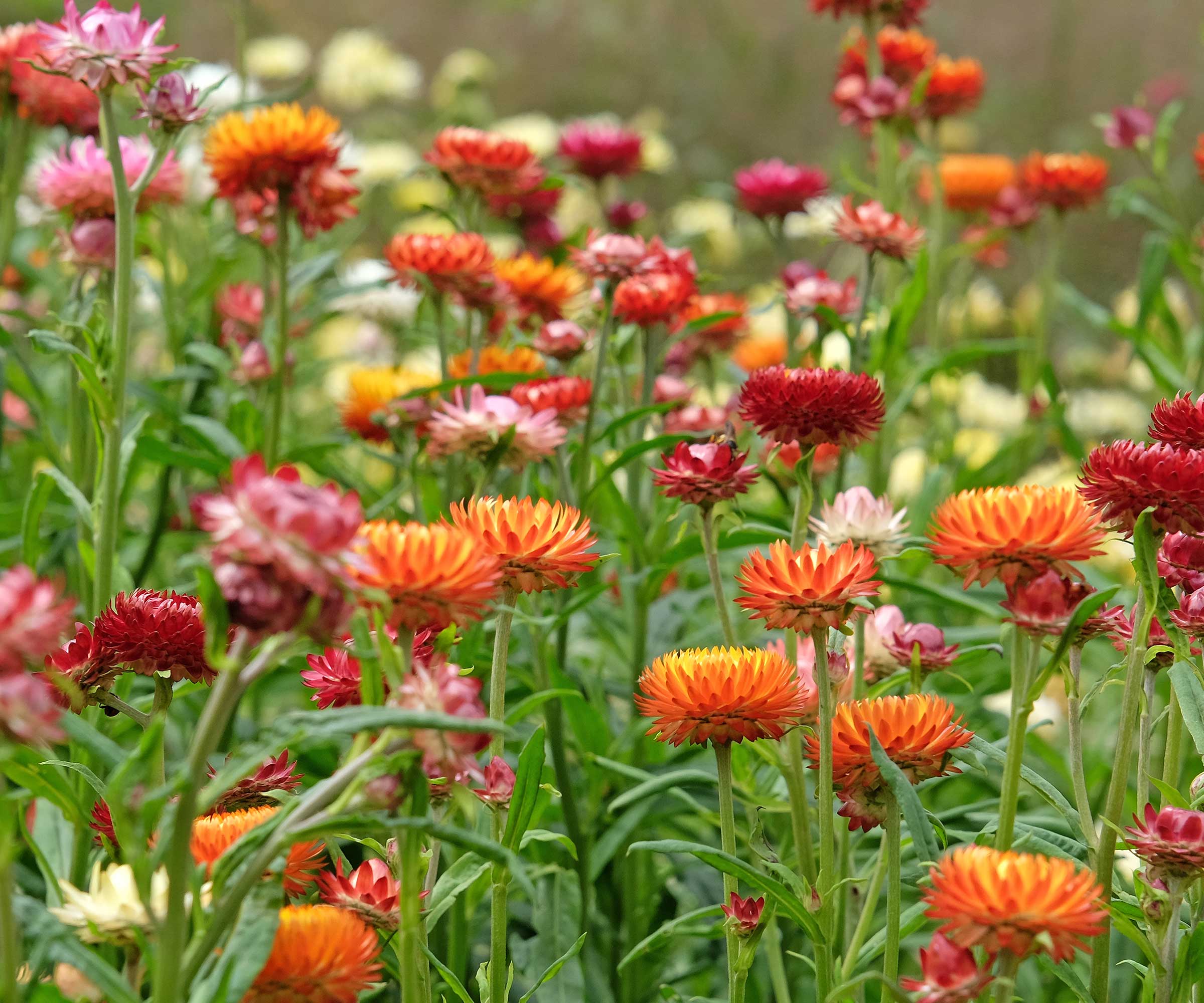
Plenty of sun will help these plants thrive
- Soil: According to Allison, strawflowers prefer well-drained, somewhat sandy soil. Amy says to avoid planting in heavy clay soils that retain too much moisture. 'Amending garden beds before planting can help improve soil drainage,' she adds.
- Light: 'Strawflowers really thrive in full sun – at least six hours a day will give you the best show of blooms,' says Allison. While they will tolerate some light shading, they often produce fewer flowers and have weaker stems, Amy notes.
- Watering: 'Once established, strawflowers are fairly drought tolerant,' says Amy. 'They should be watered deeply whenever the top one to two inches of soil feels dry, but avoid overwatering which can lead to root rot.'
- Fertilizing: 'Strawflowers are not considered “heavy feeders”,' Amy continues. 'But, feeding with a fertilizer containing a boost of phosphorus, like Miracle-Gro® Shake ‘n Feed® Rose & Bloom Plant Food [available from Amazon], can help promote more flowers. Avoid high nitrogen fertilizers which can lead to lush foliage at the expense of flowers.'
- Pruning: When your strawflowers are about a foot tall, Amy recommends pinching back the growing tips to encourage bushier growth and ultimately more blooms. Regular deadheading is also beneficial, highlights Allison, as it will encourage more flowers.
- Toxicity: Amy says strawflowers are not toxic to people or pets. 'However, as with any plant, it’s always best to prevent ingestion by pets and small children.'
FAQs
Are strawflowers susceptible to disease?
'Fungal diseases like downy mildew, gray mold, and root rot can be problematic during overly wet conditions or with poor air circulation,' says Amy. 'To help prevent fungal problems, make sure plants are given ample room to grow and water at the base of the plant to help keep the foliage dry.'
What other flowers work well for dried displays?
Hydrangeas are some of the best flowering shrubs and the impressive blooms are also great for drying. Our guide on how to dry hydrangeas explains the process.
Strawflowers tend to flower from late spring right up until late fall, giving you a gorgeous display for many months. If you're looking for more sun-loving plants to go alongside, consider growing zinnias, too. They also do best in well-draining soil and are relatively drought-tolerant once established – plus, there are so many beautiful varieties to choose from.
Shop flowerbed accessories
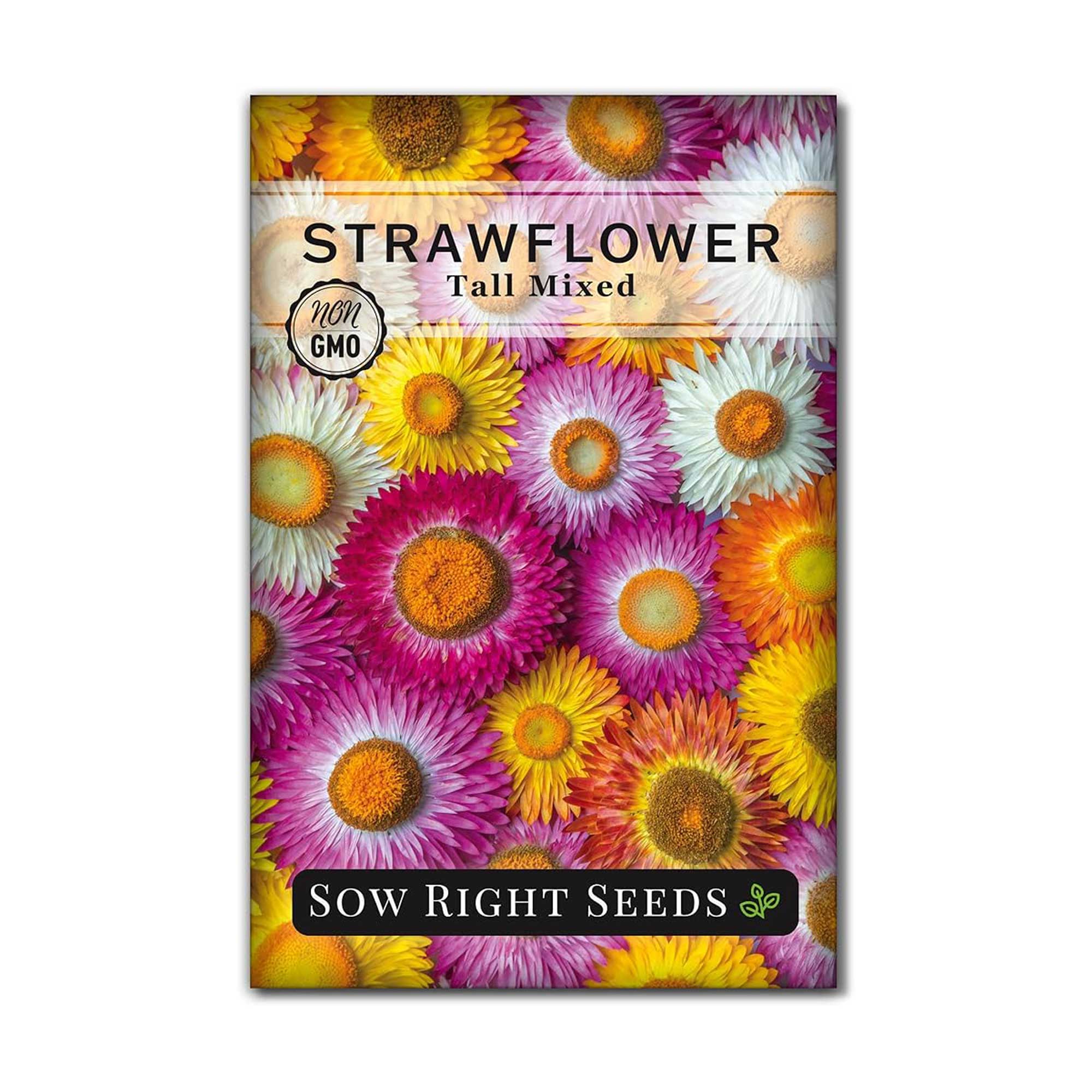
Plant these well-rated, heirloom seeds from small business Sow Right Seeds, and enjoy a beautiful summer display.

Whether you're deadheading spent blooms or collecting stems for indoors, these snips with their carbon steel blades will help keep your cuts precise.

Keep your indoor and outdoor plants hydrated with this sturdy, galvanized steel watering can, featuring a removable spout.
Sign up to the Homes & Gardens newsletter
Design expertise in your inbox – from inspiring decorating ideas and beautiful celebrity homes to practical gardening advice and shopping round-ups.

Holly started writing about gardening five years ago, and she is a regular contributor to Homes & Gardens. She has also written many gardening features for Woman & Home and Real Homes, too. She has previous experience as a professional gardener, where she helped to plant and maintain private gardens. Holly has also looked after allotment plots over the years and loves to grow her own flowers and veggies from seed. In her spare time, she enjoys visiting local gardens, botanical drawing, and tending to her ever-growing collection of houseplants.
You must confirm your public display name before commenting
Please logout and then login again, you will then be prompted to enter your display name.
-
 Meghan Markle's beekeeping hobby is surprisingly accessible and simple to learn – you can harvest your own honey as she does
Meghan Markle's beekeeping hobby is surprisingly accessible and simple to learn – you can harvest your own honey as she doesMeghan Markle has joined the ranks of DIY beekeepers, proving that working with bees in your garden is a fun and easy way to procure honey
-
 5 colors designers warn to never pair with wood
5 colors designers warn to never pair with woodWood features in most homes, it's incredibly versatile, however, there are certain shades that will clash rather than complement
-
 7 fast-growing annual flowers to sow in June that will give you glorious summer displays in borders or containers
7 fast-growing annual flowers to sow in June that will give you glorious summer displays in borders or containersThese are fast to germinate and quick to bloom, plus we reveal sowing tips from an experienced horticulturist
-
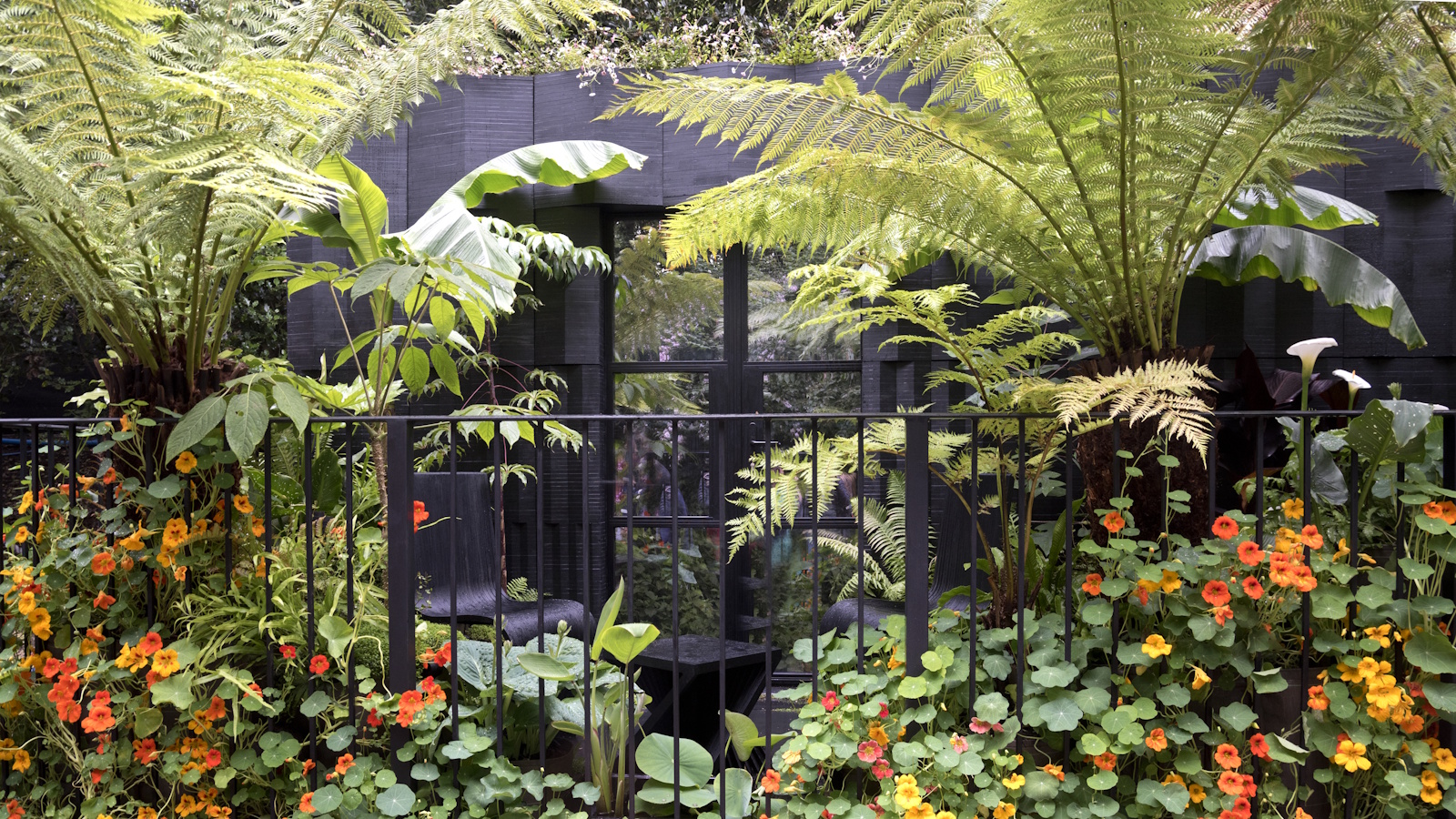 5 nasturtium varieties I’m growing right now as a professional gardener – you can still sow these fast-growing flowers in June for late-summer color
5 nasturtium varieties I’m growing right now as a professional gardener – you can still sow these fast-growing flowers in June for late-summer colorThese five nasturtium varieties are sure to add impact to your flower displays
-
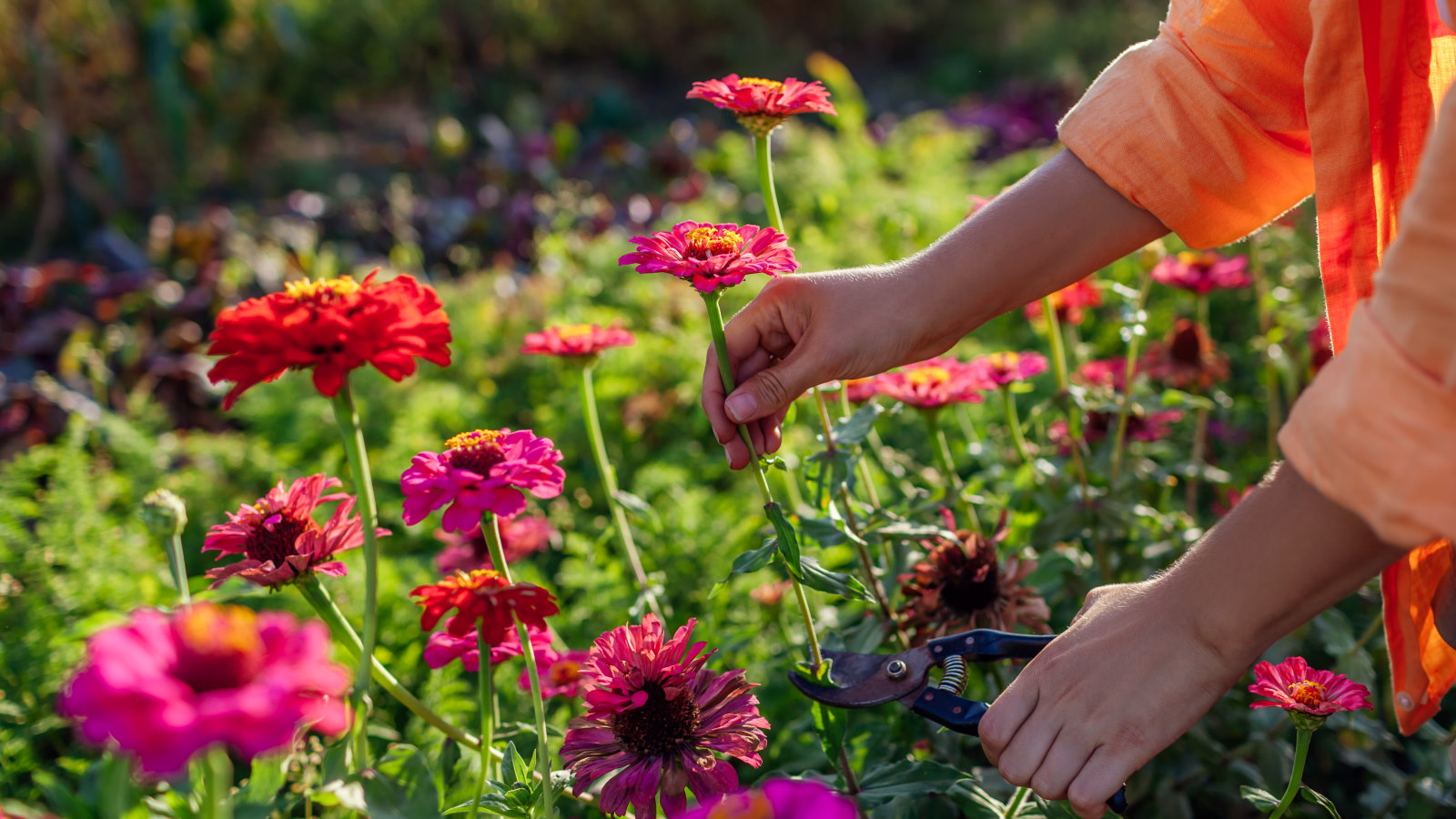 Does my cut flower bed need fertilizing? Horticulture expert reveals whether feeding is a necessity for bright and abundant blooms
Does my cut flower bed need fertilizing? Horticulture expert reveals whether feeding is a necessity for bright and abundant bloomsFind out how to get the most out of your cut flower bed
-
 How to grow craspedia – these unusual spherical flower heads will add charm and color to any yard
How to grow craspedia – these unusual spherical flower heads will add charm and color to any yardWith striking yellow flowers, craspedia looks impressive both in borders and in vases
-
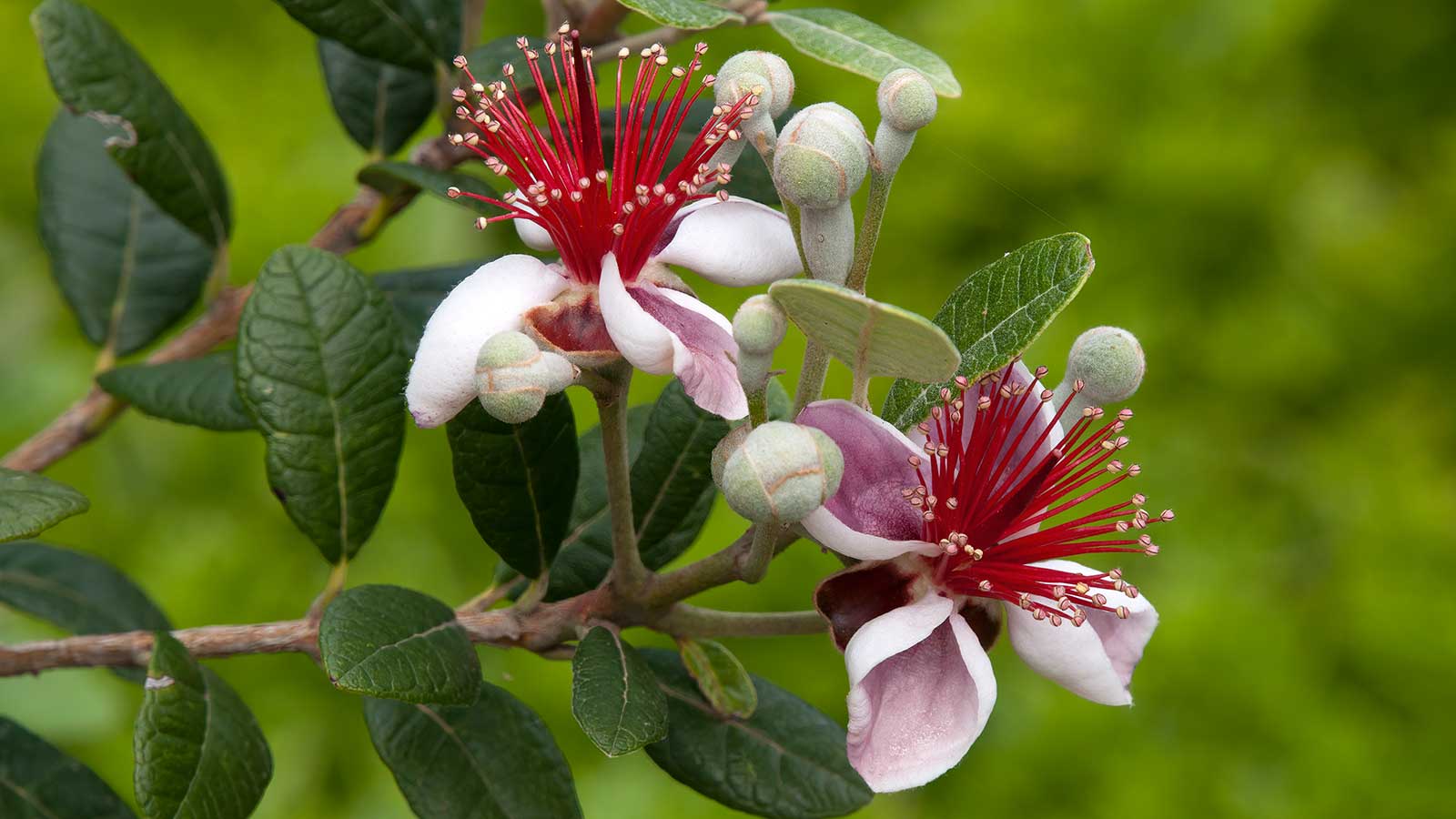 How to grow pineapple guava – for evergreen foliage, vibrant flowers, and tasty fruit
How to grow pineapple guava – for evergreen foliage, vibrant flowers, and tasty fruitPlant professionals share their growing tips for these South American shrubs and trees
-
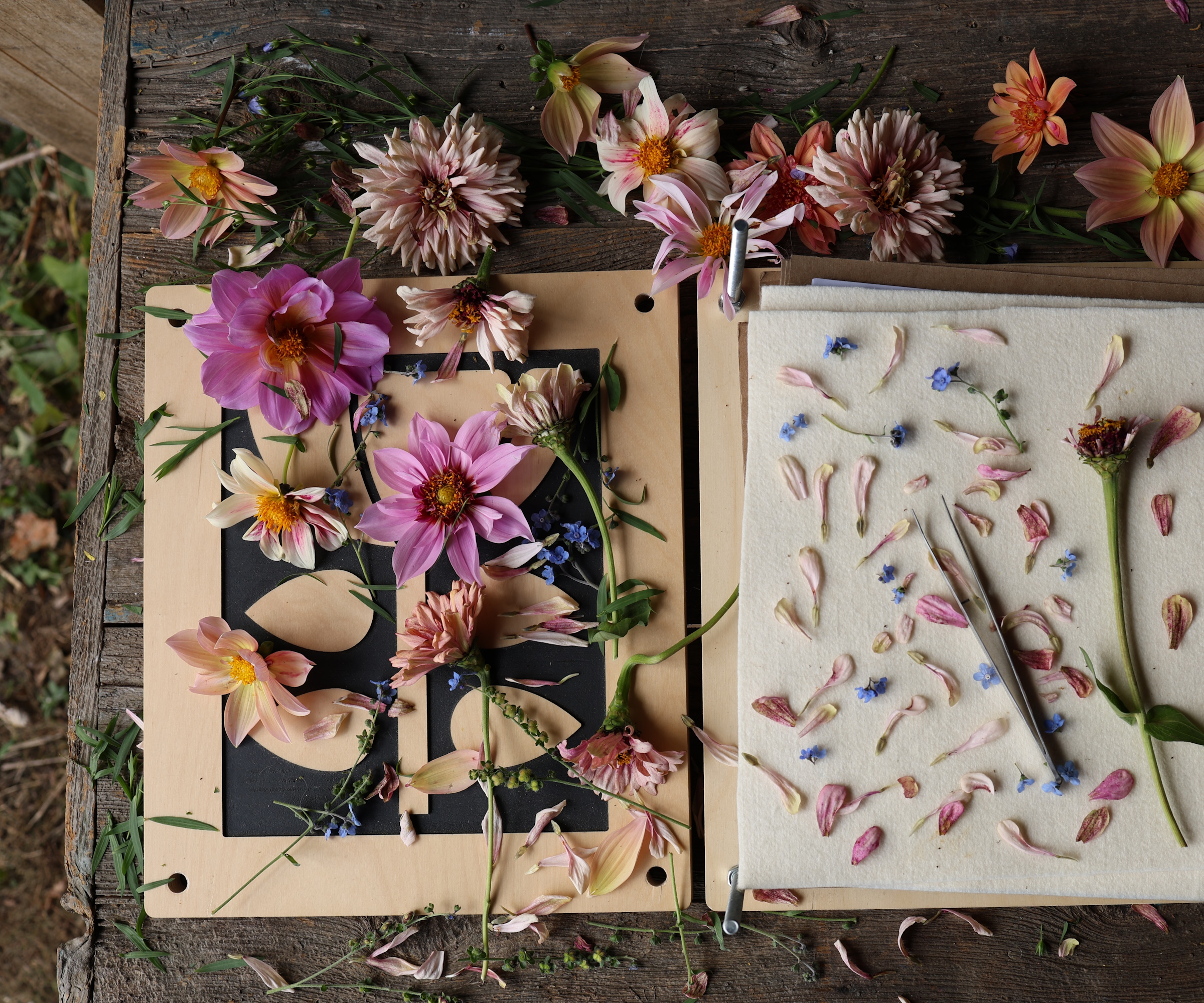 'A flower grown from seed is the perfect metaphor for our individual creativity' – why 2025 floral trends are about stepping back and letting nature ground us
'A flower grown from seed is the perfect metaphor for our individual creativity' – why 2025 floral trends are about stepping back and letting nature ground usDiscover how to keep your floral designs fresh and current with the latest trend advice
-
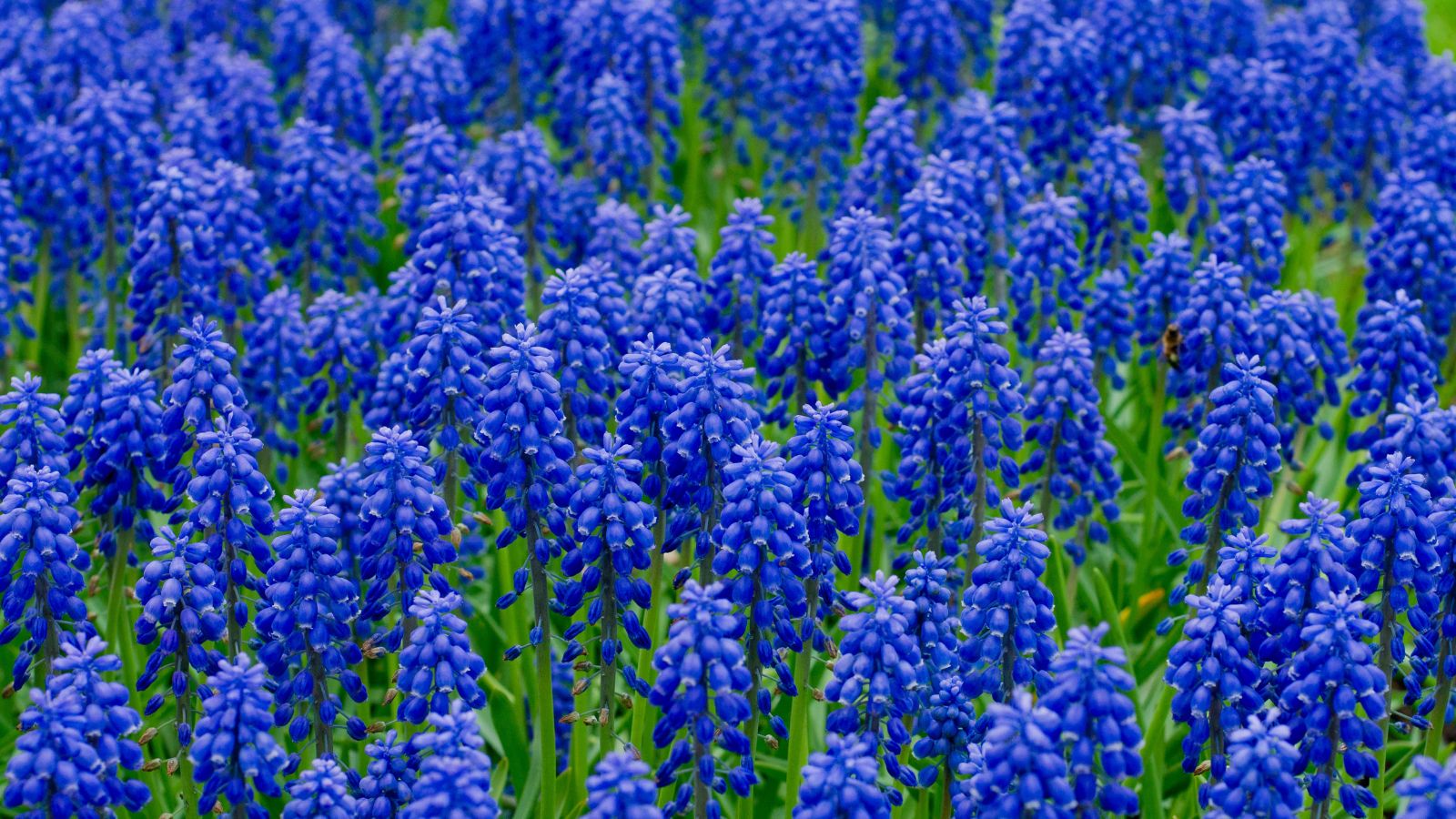 How to grow muscari – professional tips for cultivating these these low-maintenance bulbs, for effortless carpets of indigo flowers in springtime
How to grow muscari – professional tips for cultivating these these low-maintenance bulbs, for effortless carpets of indigo flowers in springtimeVibrant muscari is so easy to grow you can virtually ignore it
-
 5 lucky plants for good fortune – plant experts share their meaning and how to grow them in your own backyard
5 lucky plants for good fortune – plant experts share their meaning and how to grow them in your own backyardThese plants are symbolic of wisdom, wealth, positivity, and more